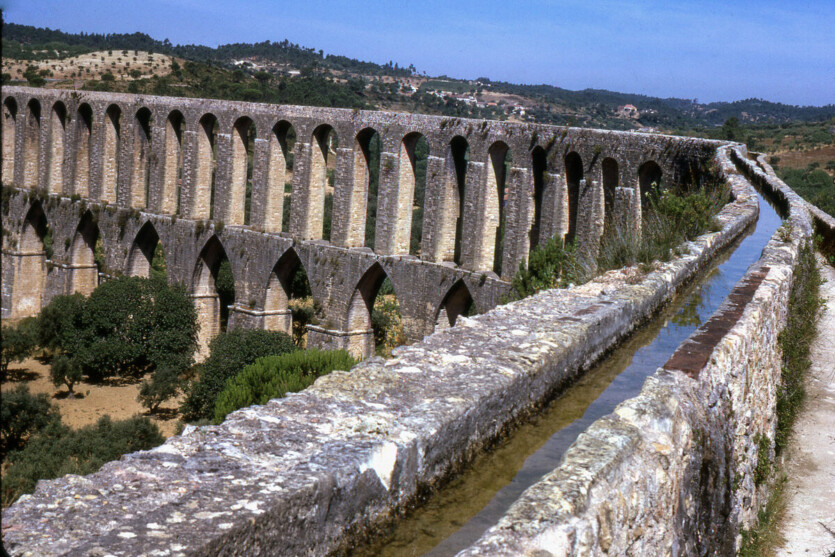
Annormal heat wave in Athens, where the temperature has been above 40°C for several days, forced the local authorities to return to work an ancient Roman aqueduct more than 2,000 years old.
Due to an acute water shortage, the Athens authorities are forced to launch a 24 km long Roman aqueduct built by order of the emperor Adrian. In the coming weeks, water will flow through its canals again, supplying the city. The aqueduct is located under the square Dexameni.
Last September, the Mornos Dam, located some 200 kilometers west of Athens, dried up to the point of exposing the ruins of a village that had been underwater since the 1970s. The city’s two key reservoirs — lakes Mornos and Evinos decreased by about 40% from its usual area. Last year, their volume was 80%, and in 2022 they were almost full.
Aqueduct built by order of the emperor Adriana and put into operation in 125 AD, not only served as a system of canals for water transportation, but also represented an advanced system for water collection at that time. The aqueduct served as the main source of water supply for the region for centuries and functioned without significant changes until the Ottoman occupation in the 15th century. The aqueduct runs along a gentle slope due to gravity.
«This is an underground channel. The principle of its operation is that groundwater seeps into this channel», — explains Director of Strategy and Innovation at Athens Water and Sewerage Company Yorgos Sakinis.
This complex network was probably originally built by slaves, digging hundreds of vertical shafts or wells, and then laying horizontal tunnels between them until they connect in the center. Of the 456 original wells, about 390 have survived to this day. A significant difference is that the water from this aqueduct will not be suitable for drinking.
«The whole point is to get this water out of Hadrian’s Aqueduct before it reaches the final reservoir, as it will not meet drinking water standards. Therefore, we need to find other uses, such as urban irrigation, street cleaning, firefighting, industrial use, etc.», — adds Yorgos Sakinis.
In addition to Athens, against the backdrop of annormal heat Monumental ancient Roman aqueducts have been preserved in cities such as: Rome, Nîmes in France and Segovia in Spain. Since these ancient systems often operate under gravity, they consume less energy than modern pumping stations, which significantly reduces their environmental impact.
Greek engineers are connecting to 20 ancient wells that will become access points to the new local water supply networks. For the preliminary test, a 4.1 km pipeline was constructed to connect the aqueduct’s central reservoir, located under Dexameny Square, to the suburban areas.
Initially, the pipeline will supply service water to public buildings and then to approximately 80 homes. The first of these local networks is expected to be commissioned by the end of July or early August, with full completion of the project scheduled for no later than 2029.
However, the aqueduct alone cannot fully compensate for the acute water shortage in the Greek capital. This requires a radical change in the approach to water use.
Source: ZME Science

Spelling error report
The following text will be sent to our editors: